The V8 engine has long been the gold standard for power, performance, and prestige in the automotive world. Whether it’s roaring under the hood of a muscle car, rumbling in a luxury sedan, or hauling cargo in a heavy-duty truck, the V8 symbolizes mechanical muscle.
It’s the engine of choice when torque matters, when longevity is essential, or when pure, unfiltered driving pleasure is the goal. But not all V8s are created equal. For every bulletproof workhorse that runs half a million miles without blinking, there’s a high-tech disaster that barely makes it past its warranty period before self-destructing. That’s what this article is about—separating the legends from the lemons.
In this breakdown, we explore ten V8 engines that define both ends of the spectrum. Five of them have earned reputations for military-grade durability—engines so reliable and resilient, they’ve become mainstays in combat zones, aid convoys, and off-grid expeditions.
These are the powerplants trusted in the most punishing conditions on earth, often installed in vehicles that must function far from the nearest shop, parts store, or even paved road. Whether it’s the tried-and-true Cummins diesel or Toyota’s near-immortal 1UR-FE, these engines didn’t just survive the elements—they thrived in them.
On the other side, however, are five V8s that looked good on paper but fell apart in the real world. These engines were often packed with cutting-edge features—turbochargers, aluminum blocks, exotic coatings—but what they gained in performance and efficiency, they lost in reliability. From BMW’s infamous N63 to Cadillac’s Northstar, these engines became cautionary tales.
Some suffered from basic engineering oversights like poor gasket materials or flawed timing systems. Others were maintenance nightmares, demanding costly repairs that few owners anticipated when they signed the lease or made the purchase. Over time, these engines developed reputations that even the best marketing departments couldn’t erase.
What makes this topic especially interesting is the way engine durability is perceived—and how it evolves. In the age of turbochargers, hybrids, and EVs, many automakers are under pressure to deliver performance while meeting ever-stricter emissions and fuel economy standards.
This often leads to overcomplication: more moving parts, tighter tolerances, and thinner margins for error. Yet in the harshest conditions—where the vehicle can’t be towed back to a dealer and software updates aren’t an option—simpler, more rugged engines still rule the battlefield. It’s no surprise that many of the most durable V8s on this list are naturally aspirated, mechanically driven, and overbuilt in the best possible way.
There’s also a cultural component to engine reputation. Some motors become legendary because they’re easy to repair, not just because they never break. Others are revered for surviving abuse—running hot, towing heavy, or running for years on poor fuel.
Conversely, an engine might deliver thrilling performance but become despised by owners and mechanics alike if it requires constant attention, special tools, or a second mortgage to repair. In this article, we’ve taken into account real-world use, common failure points, engineering philosophy, and field serviceability. It’s not just about dyno numbers—it’s about whether that engine will still be running strong when the going gets rough.
So, whether you’re a gearhead, a truck owner, an overlander, or just someone trying to buy a vehicle that won’t bankrupt you in maintenance, this list is for you. We’ll dive deep into the five V8s that are as close to unkillable as an engine can get, and then shine a light on five others that earned their bad reputations the hard way. These are the V8s that define the difference between lasting power and costly regret.
ALSO READ: 5 Cars That Handle Wet Roads Safely and 5 That Slip at Every Turn
5 V8s With Military-Grade Durability
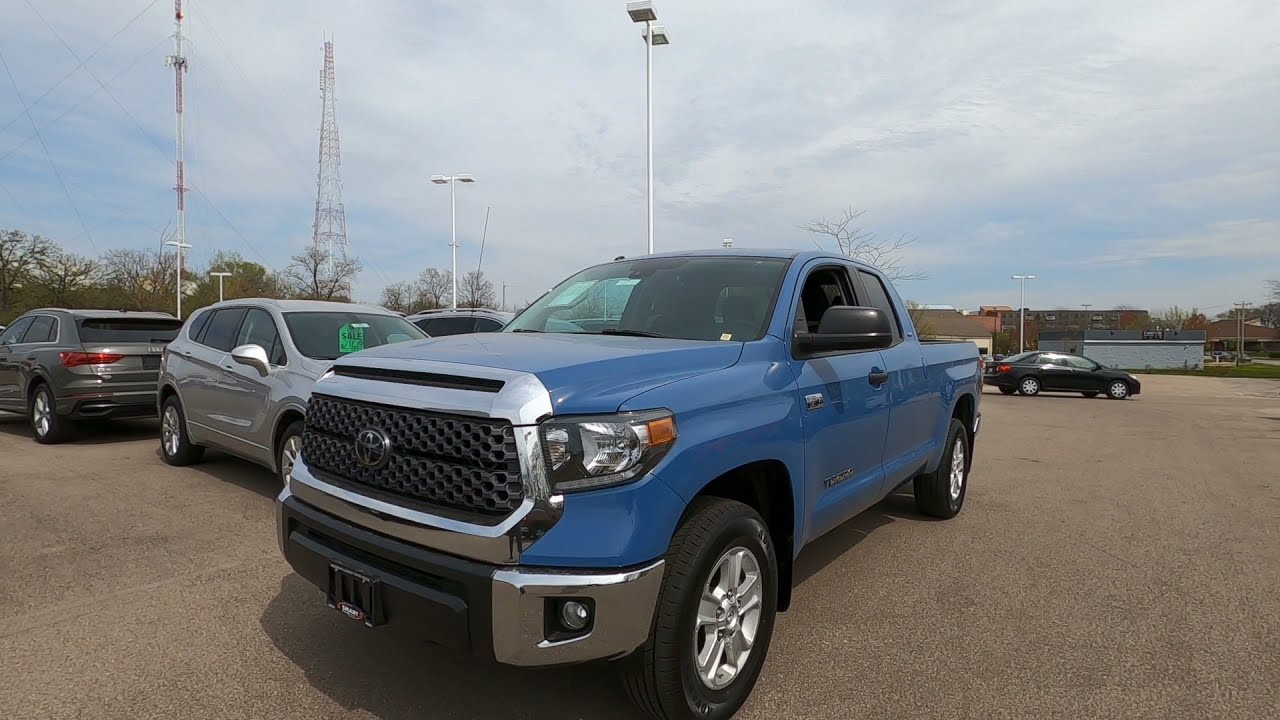
1. Toyota 1UR-FE (4.6L V8)
Toyota’s 1UR-FE V8 is a masterclass in practical, long-life engineering. Debuting in the late 2000s, this 4.6-liter naturally aspirated V8 was designed with reliability as a core principle, not an afterthought. Built as a more refined evolution of the 2UZ-FE found in earlier Toyota trucks and SUVs, the 1UR-FE powers vehicles like the Lexus GX460, Toyota Land Cruiser Prado, and Toyota Tundra.
While some may overlook it for flashier options, mechanics and fleet operators recognize it for what it is: a high-mileage powerhouse that resists breakdowns like few others in its class.
One reason this engine has such an incredible reputation is its conservative tuning. Toyota deliberately kept the output within a range that wouldn’t stress the internals. While modern V8s often chase horsepower records with turbocharging and direct injection, the 1UR-FE sticks to a naturally aspirated design and a modest power curve.
This strategy minimizes internal heat, stress, and the potential for component failure over time. It’s not the fastest V8 out there, but it’s one of the most dependable, especially when operating under tough conditions.
Another key element of the 1UR-FE’s longevity is its mechanical simplicity. The early versions avoided direct injection, a feature that, while great for performance and emissions, is notorious for carbon buildup on intake valves. Instead, the 1UR-FE uses port injection, which keeps things cleaner internally.
Its timing chain system is designed for life, meaning it doesn’t require the regular replacements that plague belt-driven competitors. Furthermore, Toyota’s commitment to top-tier metallurgy and machining tolerances means the parts simply wear more slowly—another factor in the engine’s marathon life expectancy.
Real-world usage is the final, and perhaps most compelling, evidence of the 1UR-FE’s durability. These engines are commonly found in regions like Sub-Saharan Africa, Central Asia, and the Middle East, where vehicles are expected to perform in brutal heat, poor fuel quality, and with minimal access to service.
Despite such harsh environments, Toyota V8s routinely eclipse 300,000 miles. When UN relief trucks and remote oil field transporters are still using them 15 years after production, it’s safe to say the 1UR-FE has earned its stripes as a truly military-grade motor.
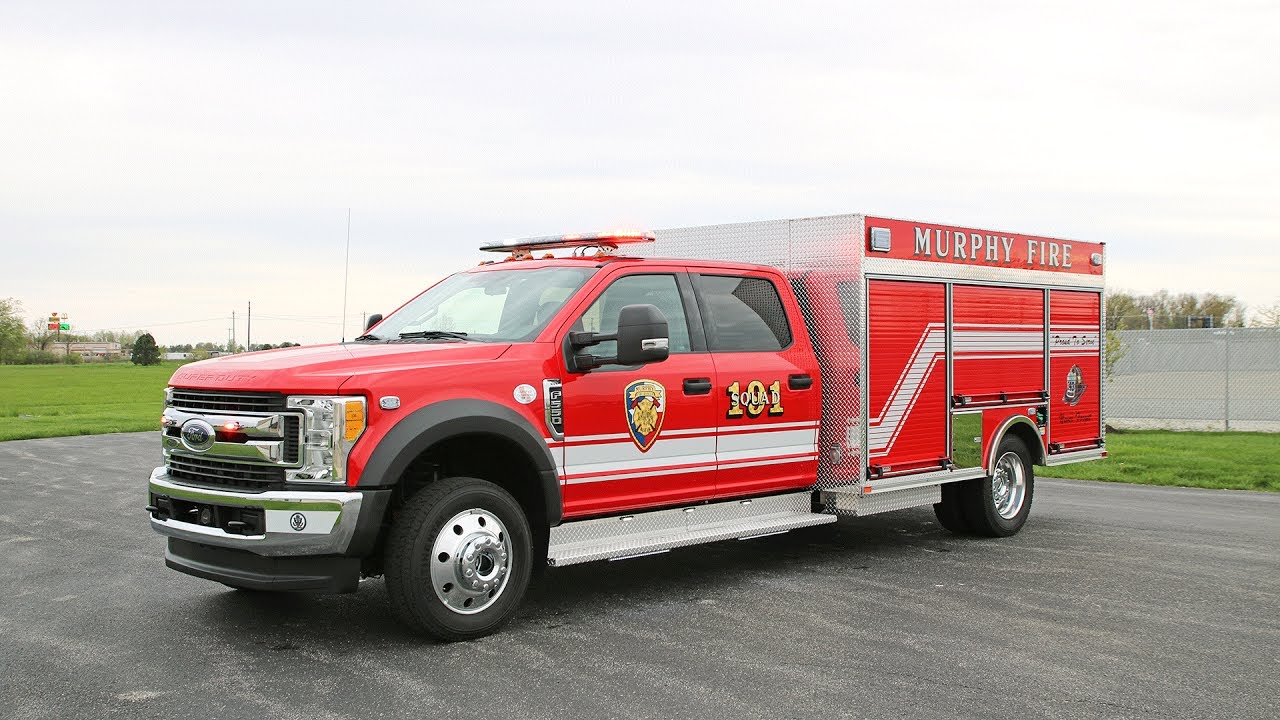
2. Ford 7.3L Godzilla V8
Ford’s modern 7.3L Godzilla V8 is a throwback to an era when simplicity and strength were the pillars of engine design. Debuting in the 2020 model year for Ford Super Duty trucks, it was met with widespread praise not only for its impressive torque and power but also for the philosophy behind it.
At a time when automakers are pushing smaller, turbocharged engines with complicated electronics, the Godzilla V8 takes a different path. It’s big, it’s naturally aspirated, and it’s designed to handle extreme work environments with very few failure points.
This engine’s architecture is deliberately old-school. It features a cam-in-block pushrod design—something Ford hasn’t used in a gasoline engine since the 1990s. Pushrod engines are generally simpler than overhead cam designs. With fewer moving parts, they have fewer things to break.
For fleet mechanics and heavy-duty users, this simplicity means faster service times, lower maintenance costs, and less overall downtime. The Godzilla’s cast iron block, forged crankshaft, and beefy internals signal Ford’s intent: build an engine that can take a beating and keep going.
What’s particularly notable about the Godzilla V8 is how it’s become popular outside of its original applications. It’s already found a second life among enthusiasts who swap them into classic muscle cars, off-roaders, and even race trucks. That sort of adoption doesn’t happen with weak engines.
The Godzilla’s overbuilt nature gives it the headroom to handle forced induction or long-term high-performance use without flinching. Ford designed it to last hundreds of thousands of miles in harsh work environments, and it’s quickly proving it can do that—and more.
Ford’s decision to keep this engine serviceable is another feather in its cap. There’s easy access to critical components, and the aftermarket is already stepping in with upgrades and support. Even in a commercial setting—think dump trucks, ambulances, and service fleets—the Godzilla V8 has shown itself to be tough, dependable, and easy to maintain. That’s exactly the combination of traits needed in a military-grade engine, and Ford hit the bullseye.
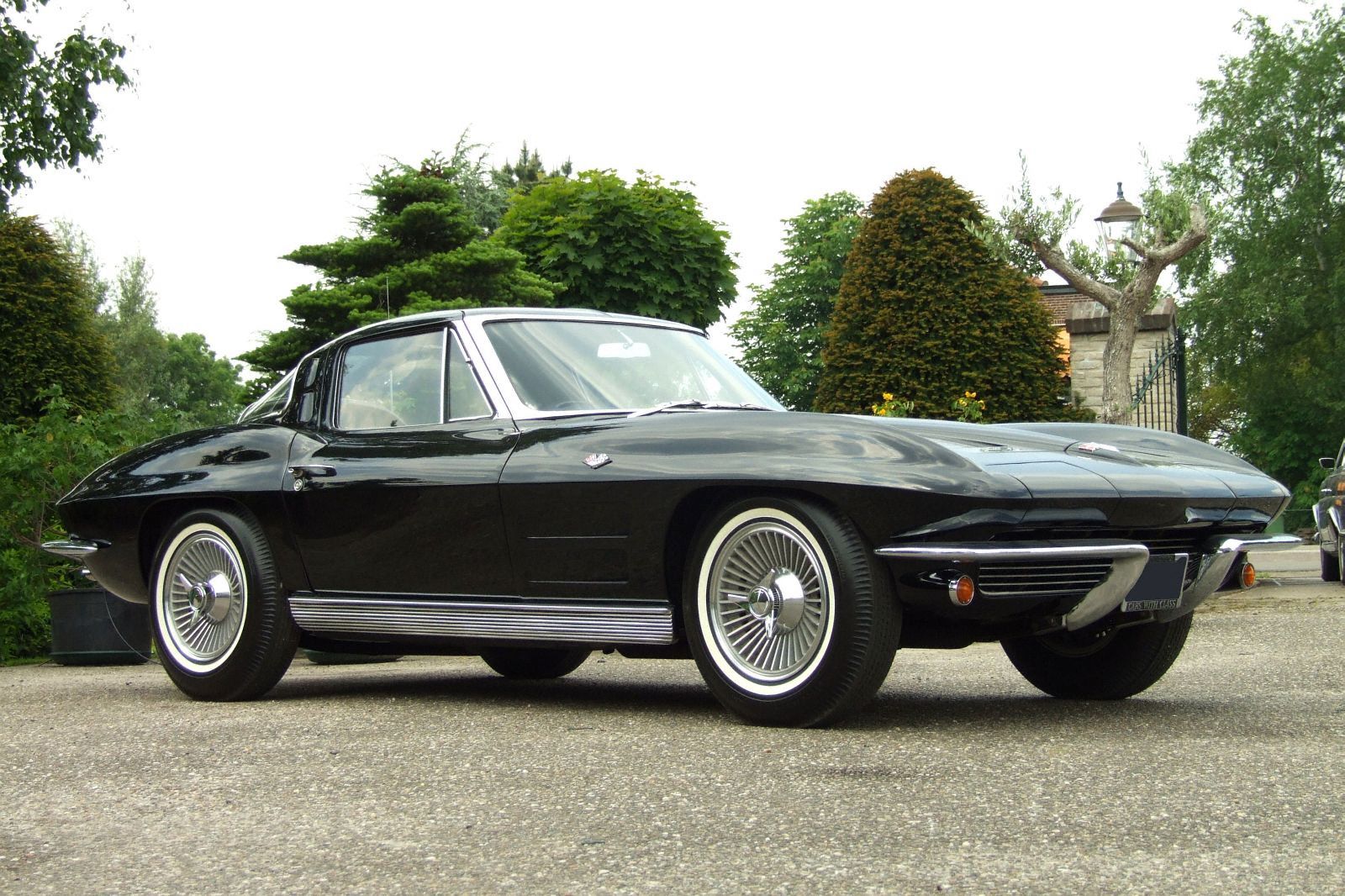
3. GM LS3 (6.2L V8)
The GM LS3 engine is arguably the crown jewel of the LS engine family when it comes to blending performance and durability. With a 6.2-liter displacement and production spanning from 2008 through the mid-2010s, the LS3 was the go-to engine for performance cars like the Chevrolet Corvette and Camaro SS, as well as special-use vehicles and restomods.
Yet despite its high-horsepower credentials, the LS3 also delivers legendary long-term reliability, making it a favorite for builds that demand military-grade toughness.
One of the LS3’s greatest strengths is its design philosophy. General Motors understood that reliability doesn’t have to come at the expense of power, and the LS architecture reflects this. The LS3 features an aluminum block with cast-iron cylinder liners, a robust bottom end, and a simple pushrod valvetrain. It uses just one camshaft, making it far easier to service than complex dual-overhead cam engines. This simplicity, combined with proven durability, makes it ideal for harsh operating conditions.
From a mechanical standpoint, the LS3 is built to take abuse. The engine can comfortably handle 500–600 horsepower with stock internals, a testament to its internal strength. That over-engineering means that in normal use—say, daily driving or even towing—it’s hardly breaking a sweat. This is why so many engine swappers and racers consider the LS3 a perfect heart transplant. It just works, and it keeps working, regardless of whether it’s in a Corvette or a battle-ready off-road rig.
Another underrated aspect of the LS3’s durability is the overwhelming availability of parts and expertise. Because the LS series is so popular, mechanics everywhere know how to work on it, and replacement parts are plentiful and inexpensive. Whether you’re in rural America or halfway around the world, keeping an LS3 running is far easier than most modern engines.
For military applications, where downtime can be mission-critical, that ease of service is a game-changer. It’s why the LS3—and the LS family at large—has become the go-to engine for anyone building something that just can’t afford to fail.
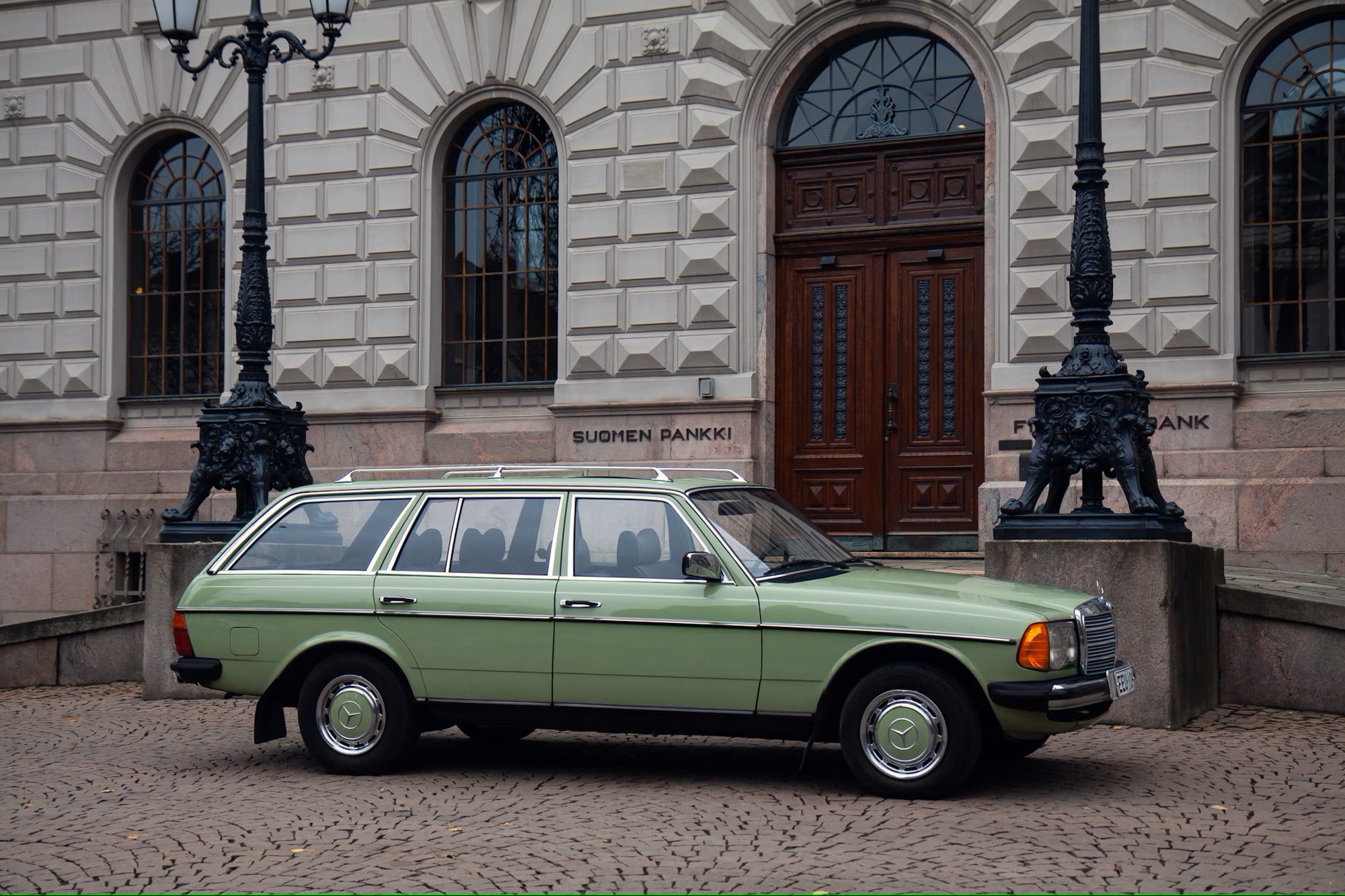
4. Mercedes-Benz OM617 (5-Cylinder Diesel – Honorary Inclusion)
Though it breaks the V8 format, the Mercedes-Benz OM617 diesel deserves an honorary inclusion on this list due to its sheer resilience and real-world deployment in conflict zones and extreme environments. Found in vehicles like the W123 Mercedes sedans and G-Class SUVs, this 3.0L inline-five diesel was produced from the mid-1970s through the mid-1980s.
Its legend lives on not just in luxury car circles, but in fleets of aid organizations, NGOs, and yes—even military logistics vehicles operating far from paved roads or parts stores.
The OM617 was never meant to be fast, but what it lacked in performance, it made up for in invincibility. With a cast iron block and head, mechanical fuel injection, and minimal electronic interference, it can run under conditions that would destroy modern engines.
Water in the diesel? Bad fuel quality? Overheating? The OM617 takes it in stride. Mechanics in the developing world have relied on these engines for decades because they’re simple enough to fix with hand tools and strong enough to forgive poor maintenance practices.
There’s a reason old Mercedes diesels are still running in war-torn parts of the world. These engines can go 500,000 miles or more with regular oil changes. And even when abused, they can often be nursed back to life with basic field repairs. The ruggedness of this motor makes it ideal for anyone needing transportation where failure isn’t an option. It’s no surprise that the OM617 found its way into modified Land Cruisers, G-Wagens, and even light military utility trucks.
One of the most impressive aspects of the OM617’s design is how it resists thermal and mechanical degradation. The combustion process in a diesel engine is violent, yet the OM617 manages to keep internal temperatures and stress within limits that promote longevity. Its slow-revving nature, robust bearings, and oversized oiling system all contribute to a reputation of unkillability. If reliability were a competition, the OM617 would be the undefeated champ—even with only five cylinders.
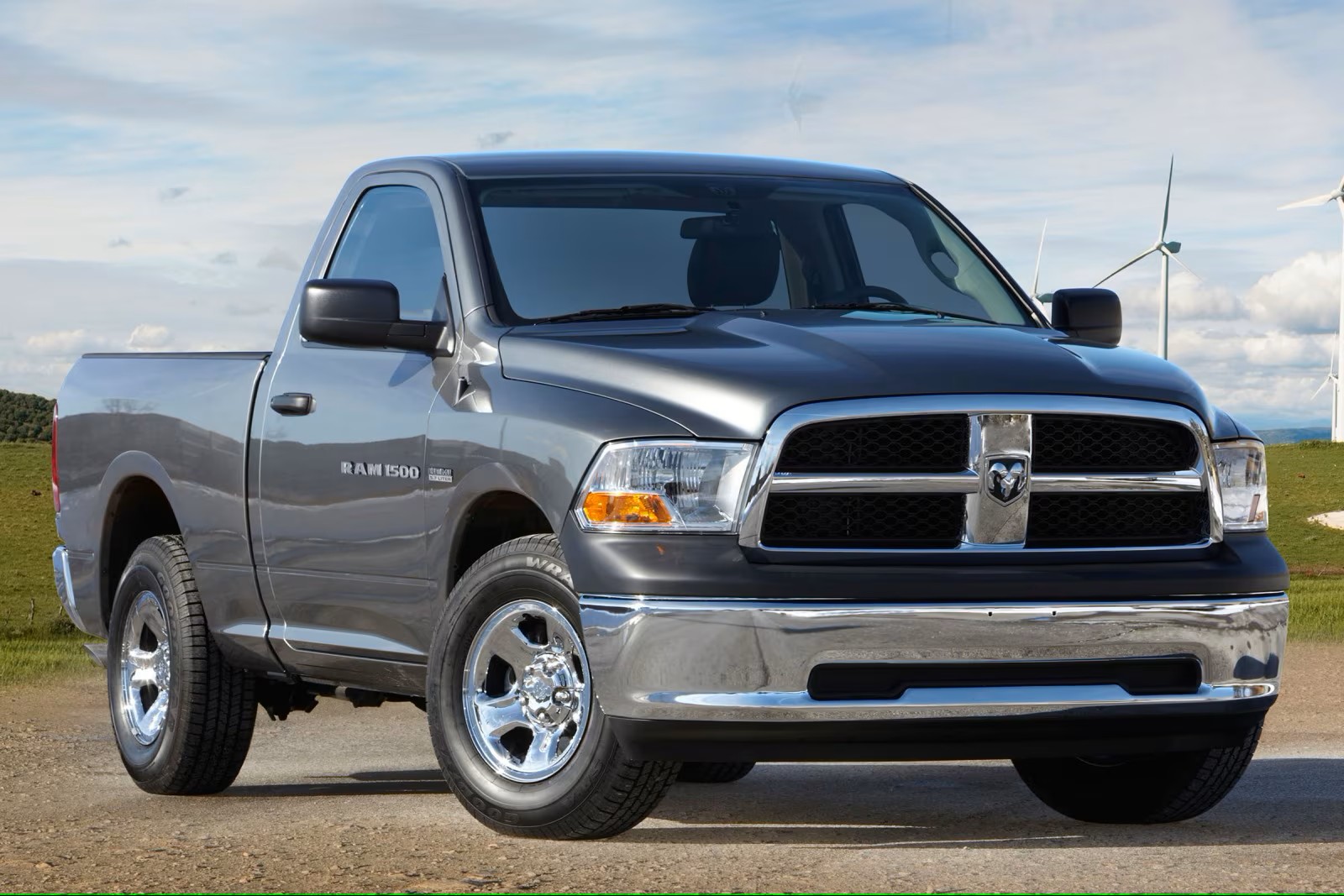
5. Cummins 5.9L 12-Valve (Diesel – Honorary V8 Spot)
Though it’s technically an inline-six, the Cummins 5.9L 12-valve diesel engine, used primarily in Dodge Ram trucks from 1989 to 1998, is often compared to the best V8s in terms of ruggedness and raw mechanical integrity.
Known internally as the 6BT, this engine was originally designed for commercial-grade applications such as agricultural equipment and medium-duty trucks. When Chrysler decided to drop it into a pickup truck, it essentially gave the civilian market access to military-grade diesel power, and it changed the game.
What makes the 12-valve Cummins so indestructible is its mechanical fuel injection system. The Bosch VE and P7100 pumps that control fuel delivery are legendary for their durability and tunability. Because they don’t rely on electronic controls, they’re ideal for environments where EMP resistance, simplicity, or field repairs are critical. Whether you’re running on poor-quality diesel or need to repair it in the middle of nowhere, the 12-valve has your back.
The engine itself is a massive hunk of cast iron. Everything from the block to the head to the crankshaft is overbuilt, designed to handle the torque demands of heavy machinery. In real-world terms, that means a properly maintained 12-valve can last well over 500,000 miles—and many do. Truck owners, overlanders, and off-grid adventurers continue to seek out this engine for one reason: it refuses to die. Even with blown head gaskets or leaking seals, the engine will often continue running well enough to limp home.
Perhaps most impressively, the 12-valve Cummins responds extremely well to modifications without sacrificing reliability. While many engines become fragile when tuned beyond stock specs, the 6BT thrives on upgrades. Bigger turbos, more fuel, performance injectors—it takes it all in stride.
That’s why it’s frequently used in off-road race trucks, rock crawlers, and even military prototype vehicles. When you need an engine to survive the end of the world, the 5.9L 12-valve Cummins is at the top of the list.

5 That Fall Apart
6. BMW N63 (4.4L Twin-Turbo V8)
The BMW N63 engine, launched in 2008, was supposed to be a performance and engineering showcase for the Bavarian automaker. Packing two turbochargers into a compact hot-vee layout, this 4.4L V8 powered everything from 7 Series sedans to M-performance SUVs. On paper, the specs were impressive—massive torque, smooth acceleration, and cutting-edge tech.
But the N63 quickly gained notoriety as one of the least reliable engines in BMW’s modern history. So much so, in fact, that BMW launched a voluntary Customer Care Package campaign, replacing components across tens of thousands of vehicles.
At the heart of its problems is the hot-vee design. While innovative, placing the turbochargers inside the V of the engine traps immense heat near sensitive components like valve stem seals, coil packs, and plastic oil lines. Heat saturation becomes a serious long-term problem, accelerating wear and encouraging premature failure. These heat-related stresses contribute to oil consumption problems, with some engines burning a quart every 800–1,000 miles. Drivers report constantly having to top off oil, even shortly after full changes.
The valve stem seals, in particular, are a known weak point. When they fail—as they often do—it causes oil to leak into the combustion chamber, leading to misfires, heavy smoke, and eventual catalytic converter damage. Repairing this can cost thousands, and in some cases, requires complete cylinder head replacement. Combined with common timing chain stretch and turbo failure, the N63 becomes not just unreliable, but financially devastating to maintain out-of-warranty.
Beyond the internal issues, servicing the N63 is a nightmare. The tightly packaged design makes even routine maintenance labor-intensive. Many repairs require engine removal or extensive disassembly, and the cost of replacement parts—especially OEM—is extremely high.
For a premium engine in flagship models, it represents a mismatch between luxury expectations and real-world durability. The N63 is a classic case of an engine designed for specs and headlines, not for longevity or user satisfaction.
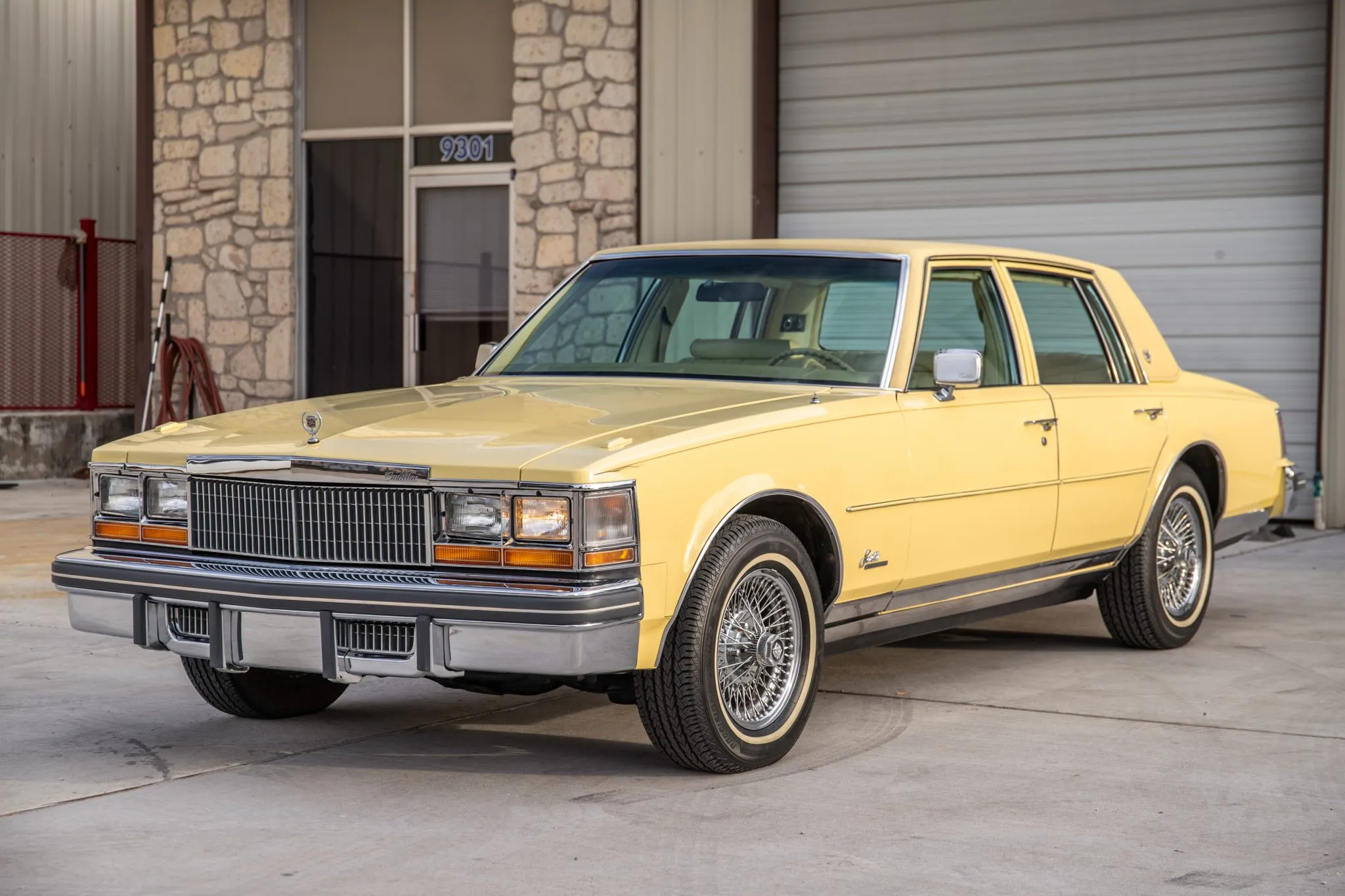
7. Cadillac Northstar (4.6L V8)
When Cadillac introduced the Northstar V8 in the early 1990s, it was intended to mark a new era of refinement and technical leadership. The all-aluminum DOHC 4.6L V8 was high-revving, smooth, and packed with advanced features like sequential fuel injection and coil-on-plug ignition. For a brand that had been associated with aging tech, the Northstar looked like a bold step forward. Unfortunately, it soon became infamous for catastrophic engine failures, difficult serviceability, and chronic design issues.
The most notorious flaw was its head gasket design. The Northstar used torque-to-yield head bolts that screwed directly into the soft aluminum engine block. Over time, especially with repeated thermal cycling, the threads in the block would pull, causing the head bolts to loosen. Once this happens, the head gasket loses its seal, and the engine begins to overheat. Unlike conventional designs, where a blown gasket can be repaired easily, fixing a Northstar requires expensive thread inserts or a complete block replacement.
Beyond the gasket issues, the Northstar developed a reputation for oil leaks. These engines tend to seep oil from the rear main seal, valve cover gaskets, and oil pan. The leaks are not only messy—they also degrade other components like mounts and hoses over time. As the vehicle ages, the slow seep becomes a torrent, often leading to low oil pressure warnings and long-term engine wear. Combined with the engine’s tendency to run hot, the leaks compound into a persistent ownership headache.
Serviceability was another Achilles’ heel. Changing spark plugs or water pumps often meant disassembling large parts of the engine bay. Many Northstar-equipped vehicles used transverse engine layouts in tight spaces, turning routine jobs into day-long affairs.
These factors made the engine deeply unpopular with independent mechanics and led to sky-high repair bills at dealerships. Cadillac’s attempt to modernize its image with the Northstar ended up costing it credibility, especially as loyal buyers began experiencing repeat failures under relatively low mileage.
Even though later versions of the Northstar improved somewhat in terms of durability, the reputation damage had been done. Once considered a technological leap, the Northstar is now widely regarded as one of GM’s most disappointing high-end engines. Owners and enthusiasts alike have largely written it off as a cautionary tale of over-engineering gone wrong.
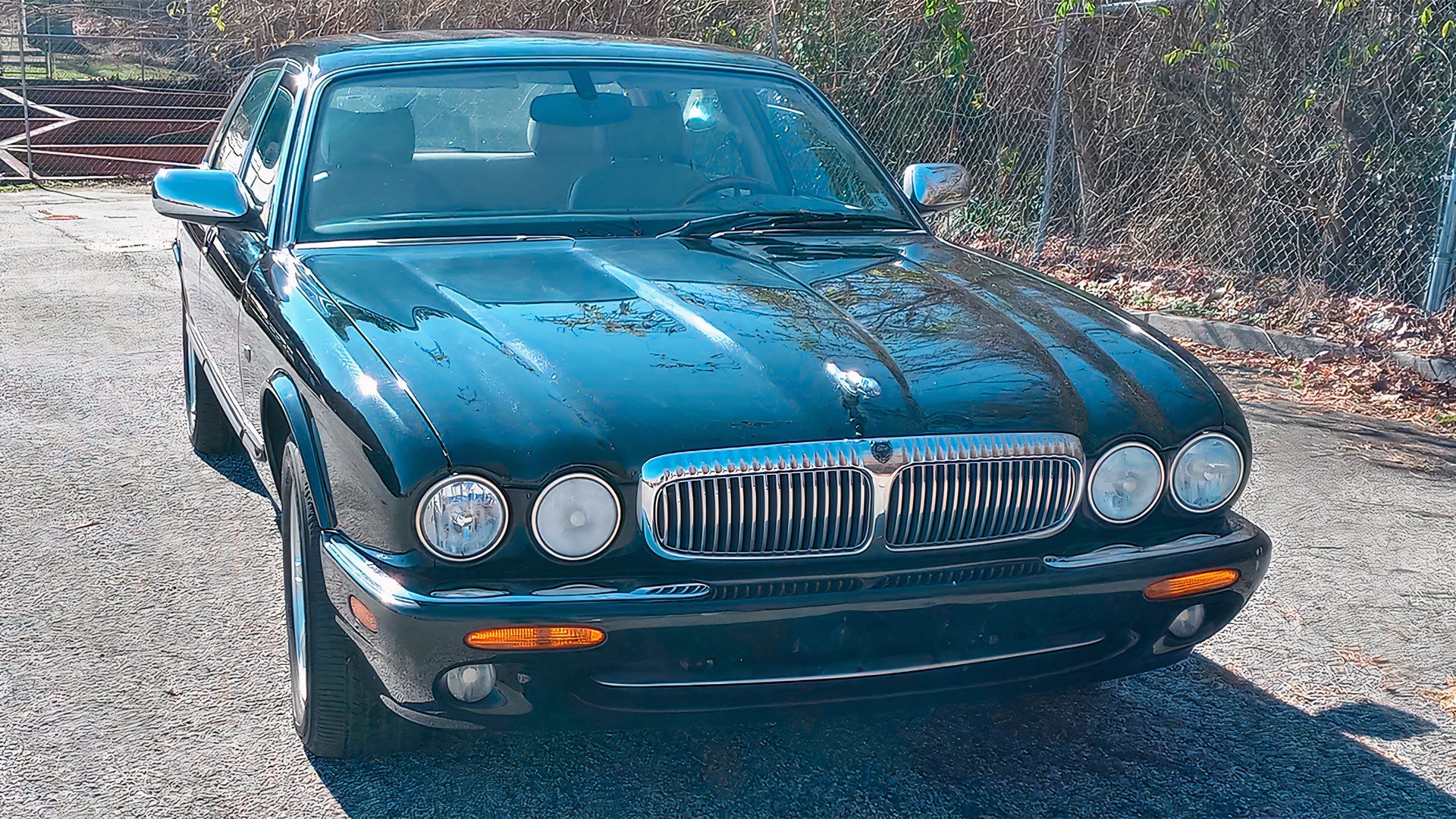
8. Jaguar AJ-V8 (Early 4.0L Versions)
The Jaguar AJ-V8, introduced in 1996, was the company’s first modern V8 after decades of relying on inline-sixes and V12s. In many ways, it was an ambitious and impressive project. The 4.0L all-aluminum engine featured double overhead cams, 32 valves, and a smooth, luxurious powerband.
Unfortunately, the early years of the AJ-V8 were plagued by severe reliability issues, particularly in models like the Jaguar XK8 and XJ8, turning an elegant drivetrain into a high-stress liability.
One of the worst offenses was the use of plastic timing chain tensioners. These components were known to crack, warp, or completely disintegrate—often without warning. When that happened, the timing chains could skip teeth or break entirely, leading to catastrophic engine damage. The problem was so widespread that Jaguar later revised the design with metal tensioners, but early owners often didn’t know they were driving a ticking time bomb. It wasn’t uncommon for these engines to fail before 80,000 miles.
Another critical issue was the use of Nikasil-coated aluminum cylinder liners. While intended to reduce weight and improve wear resistance, Nikasil did not react well to high-sulfur fuels, common in North America at the time. The sulfur would degrade the lining, leading to cylinder wall damage, low compression, and engine failure.
Some owners found themselves facing total engine replacements with less than 60,000 miles on the clock. Jaguar eventually switched to steel liners, but by then, the damage to the brand’s reliability image was done.
Adding to the pain was a finicky cooling system. Thermostat housings, water pumps, and radiators were prone to failure, which could lead to overheating and warped heads. Combined with the other issues, it meant early AJ-V8s were high-maintenance engines demanding near-constant attention. For a luxury vehicle, this was completely unacceptable to most owners, who expected reliability to match refinement.
In retrospect, the early AJ-V8 was an ambitious engineering project rushed to market without sufficient durability testing. While later iterations of the engine family became much more dependable, the 4.0L variants from the late ‘90s and early 2000s remain a textbook example of how cutting-edge design without long-term resilience can backfire spectacularly.
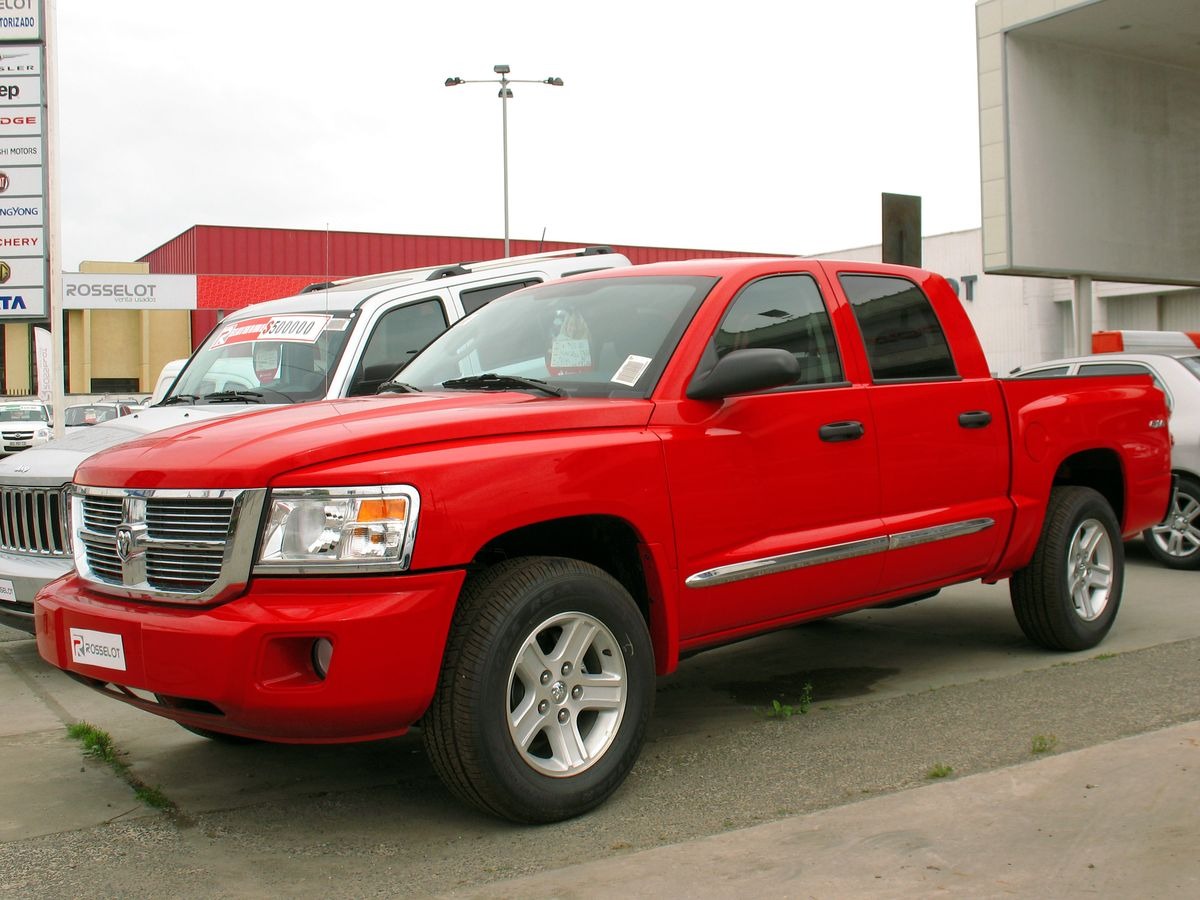
9. Chrysler 4.7L PowerTech V8
Chrysler’s 4.7L PowerTech V8, introduced in 1999, was marketed as a modern replacement for the older Magnum 5.2L and 5.9L engines. It was used in vehicles like the Jeep Grand Cherokee, Dodge Dakota, and Ram 1500. While it looked promising on paper, offering improved fuel economy and smoother performance, it quickly developed a reputation for fragility, high maintenance costs, and early failure. The 4.7L stands as a warning about engines that prioritize modernization over durability.
A primary weakness was sludge buildup. The engine’s narrow oil passages, combined with a high operating temperature and tight tolerances, made it highly sensitive to oil quality and change intervals. If the oil was neglected—or if low-quality oil was used—sludge could accumulate rapidly, blocking vital oil pathways. This would lead to low oil pressure, camshaft wear, stuck lifters, and eventual catastrophic failure. Owners who skipped even a few oil changes sometimes found themselves needing a full engine replacement.
The cooling system wasn’t much better. The 4.7L was infamous for overheating, especially in hot climates or under heavy loads. The water pump and thermostat were known weak points, and any loss of cooling capacity could lead to warped aluminum heads and blown head gaskets. Because of the engine’s design, head gasket repairs were labor-intensive and expensive, often exceeding the value of the vehicle by the time it reached 150,000 miles.
The timing chain system was also poorly engineered. Plastic guides and tensioners degraded faster than expected, creating chain slap or complete failure. If the chain skipped time, the interference design of the engine meant bent valves and piston damage. What should have been a reliable, workhorse-grade engine ended up as a financial liability for many owners, particularly those who used their vehicles for towing or off-roading.
The worst part? Chrysler never fully addressed these flaws. The 4.7L received minor updates over its lifespan, but the core problems persisted. While the HEMI V8 that eventually replaced it went on to earn praise, the PowerTech 4.7L remains one of the company’s most disappointing engine efforts. Today, many mechanics warn against buying vehicles with this engine, especially if there’s no evidence of meticulous maintenance history.
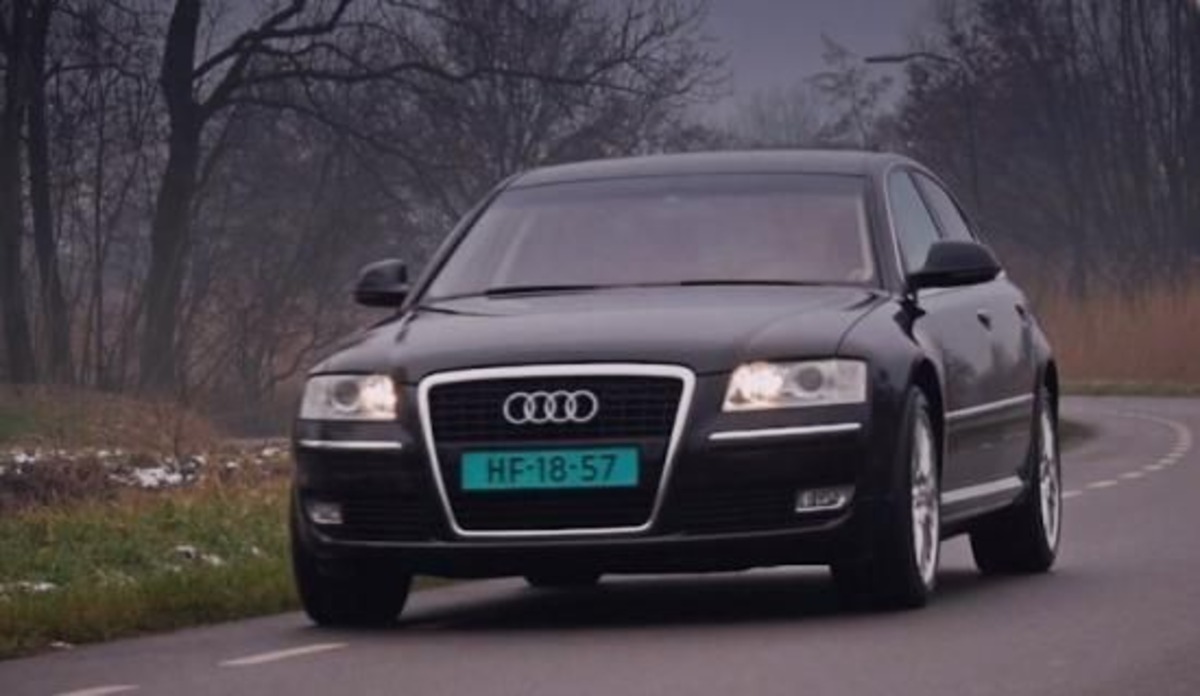
10. Audi 4.2L V8 (Chain-Driven Versions)
The Audi 4.2L V8, especially in its chain-driven variants used in models like the B6/B7 S4 and early A8, is a perfect example of German engineering brilliance undermined by serviceability flaws and complex maintenance requirements. When it worked, this engine was a marvel—smooth, powerful, and capable of revving to the moon. But when it didn’t (which was often), owners were hit with sky-high repair bills and a long list of frustrating, repetitive issues.
The biggest issue is the placement of the timing chains at the rear of the engine. This layout saved space and allowed for a lower engine profile, but it also made even routine maintenance a nightmare. Replacing worn timing chain guides or tensioners requires engine removal—something most owners don’t anticipate until it’s too late. And because these plastic components wear out faster than expected, failures often occur before 100,000 miles. When they failed, the result was bent valves and, in worst cases, full engine replacement.
Adding to the problem was the engine’s sensitivity to oil quality. Miss one oil change, and you risk accelerated wear on camshaft lobes, chain guides, and hydraulic tensioners. Direct injection models added yet another layer of maintenance headaches, suffering from severe carbon buildup on intake valves. Cleaning the carbon often required removing the intake manifold and using walnut shell blasting—hardly what buyers of premium sedans expected to deal with annually.
Owners also reported consistent issues with coolant leaks, crankcase ventilation systems, and oil leaks from camshaft seals and valve covers. None of these were inherently fatal, but taken together, they created a vehicle that constantly required attention. And given the complexity of the engine bay, even minor repairs demanded significant labor and cost.
What’s most disappointing about the 4.2L V8 is how close it came to being great. In terms of performance, it had few rivals. But the engine’s lack of long-term durability and absurd maintenance demands made it a long-term liability. It remains a powerful reminder that in engineering, brilliance without reliability often amounts to failure.
ALSO READ: 5 Cars That Never Stall With Kids in the Back and 5 That Constantly Do
The V8 engine is a symbol—a piece of mechanical art that balances brute force with elegant engineering. For over a century, it has powered everything from race cars to military vehicles, pickup trucks to presidential limousines. But as we’ve seen in this article, not all V8s deserve the same respect.
Some are triumphs of long-term engineering—designed to work under the harshest conditions and for hundreds of thousands of miles without complaint. Others are overdesigned, under-tested, or simply mismatched to the realities of long-term ownership. The divide between these two groups tells us a lot about what makes a truly great engine.
The five V8s we examined under the “military-grade durability” category all share a few critical traits. They’re mechanically straightforward, built with robust materials, and engineered with a deep understanding of long-term wear. They’re not just good at putting down torque—they’re good at surviving.
Engines like the Ford 7.3L Godzilla and the Toyota 1UR-FE were created with simplicity and strength in mind. There’s a reason they’re often used in utility fleets, international relief vehicles, or repurposed into extreme off-road builds: they work, and they keep working, even when everything around them is falling apart.
The Cummins 12-valve diesel and Mercedes OM617, while not technically V8s, earned their place on the list because they exemplify what military-grade durability truly means. These engines are survivors. They’re not pretty, they’re not always quick—but they’re serviceable with basic tools, and they’ll run on garbage fuel if they have to.
They’ve been used in everything from rural buses to battlefield supply trucks. That’s a different kind of greatness—one built not on luxury or tech, but on perseverance, resilience, and design choices rooted in practicality.
On the flip side, the five V8s that “fall apart” offer a masterclass in what not to do. The BMW N63, for example, shows what happens when performance is prioritized at the expense of durability and serviceability. Its hot-vee turbo layout was innovative, but it created a cascade of heat-related issues and maintenance challenges.
Cadillac’s Northstar aimed high but was crippled by basic mechanical flaws like head bolt failures and oil leaks. Jaguar’s AJ-V8, Chrysler’s 4.7L PowerTech, and Audi’s 4.2L chain-driven V8 all reflect the dangers of cutting corners, over-complicating maintenance, or failing to design for long-term wear.
These failed engines aren’t just footnotes in automotive history—they represent real financial pain for countless owners. They serve as cautionary tales for engineers, manufacturers, and consumers alike. High-end materials and high-revving capabilities mean little if the engine can’t survive 100,000 miles without major surgery.
Likewise, impressive specs lose their luster when the check engine light becomes a permanent fixture on the dashboard. The lesson here is clear: longevity, simplicity, and reliability will always matter, especially in a world where repair costs continue to climb.
As we move into a future of electrification, autonomous driving, and turbocharged everything, it’s worth remembering the engines that earned their keep the hard way. The best V8s didn’t rely on marketing—they built their reputations mile by mile, repair by repair. They became legends not just because of what they could do on a good day, but because of how few bad days they had over their lifespans.
So whether you’re restoring a truck, buying a used SUV, or just appreciating the history of automotive excellence, let this list guide you. Pick the engines that endure. Respect the ones that were engineered with a wrench in one hand and a field manual in the other.
And steer clear of the ones that promise everything but deliver headaches. Because in the world of V8s, the difference between legendary and landfill is just a few gaskets, a chain guide, or a cracked head bolt away.
